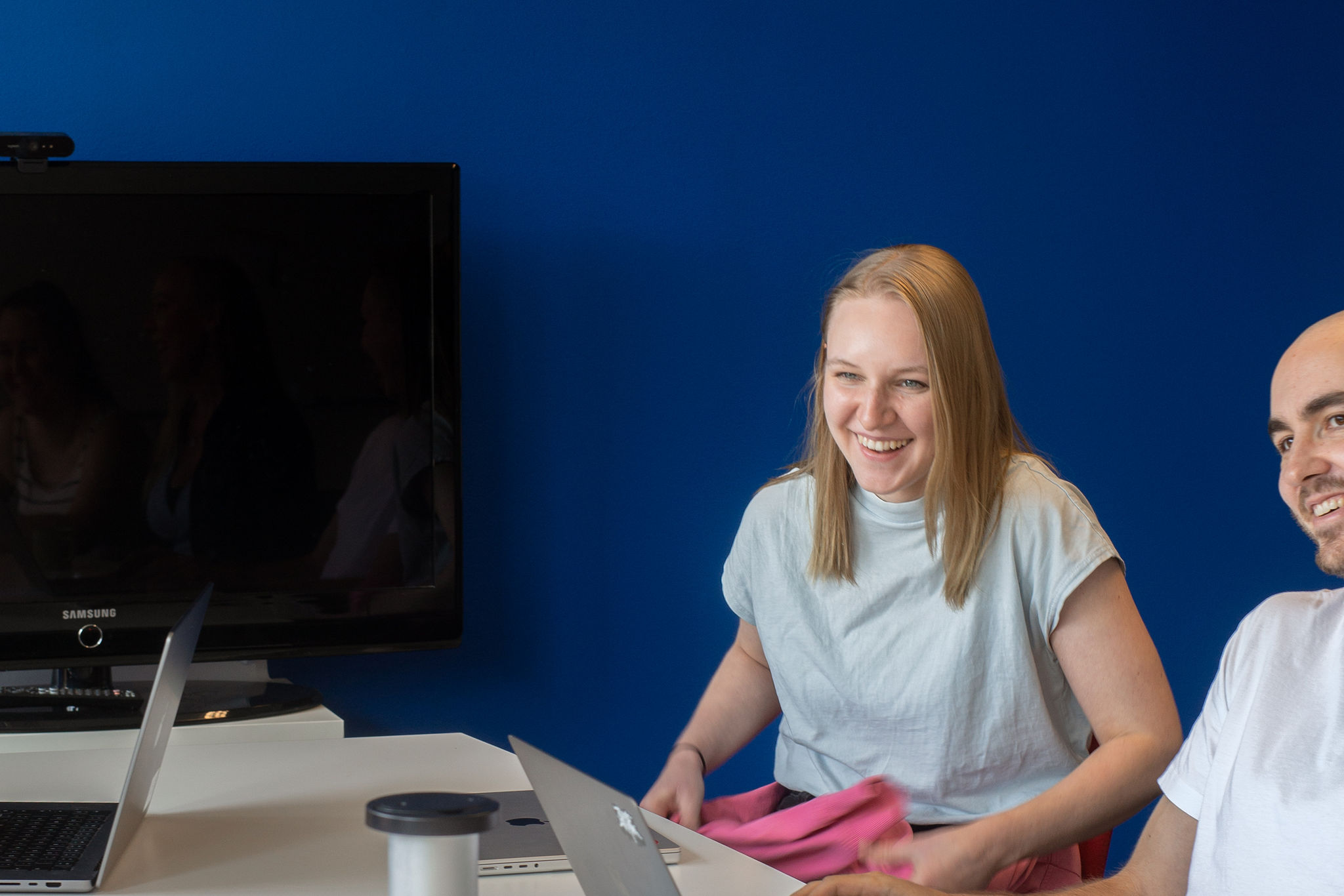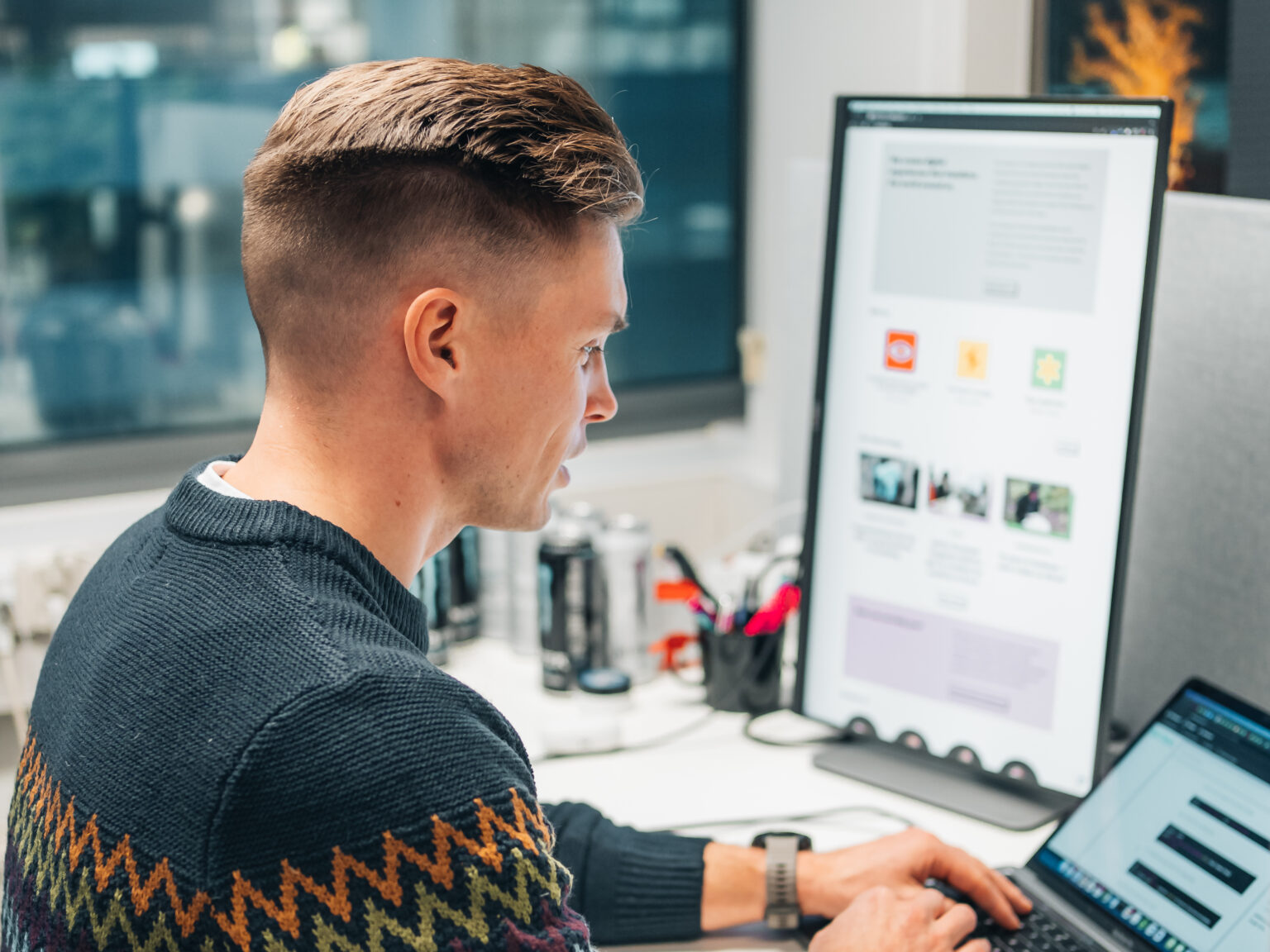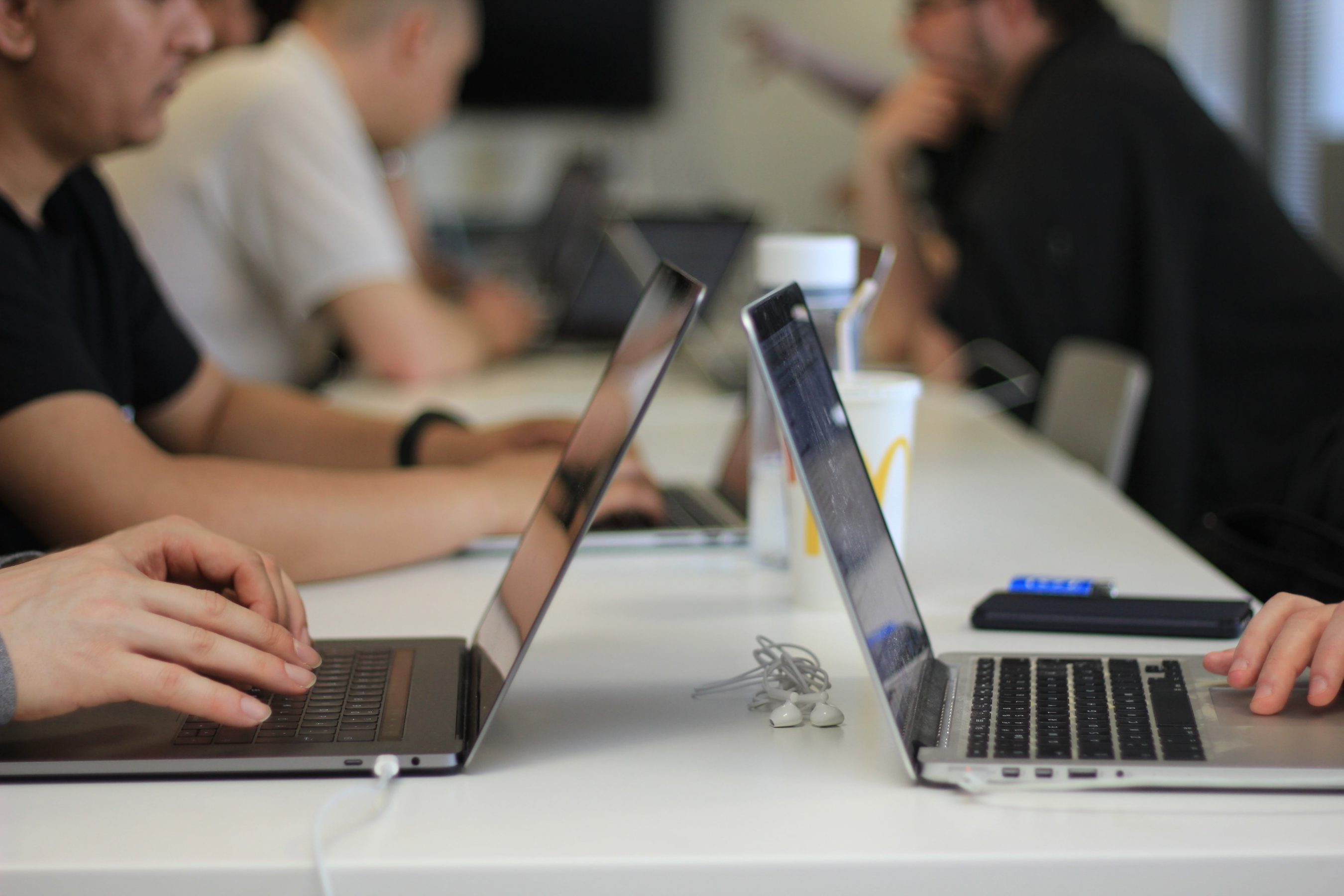Accessibility requires more than a one-off investment
Accessibility is usually well taken into account when creating a new website, but if accessibility is not actively monitored and invested in after the launch of the site, the state of accessibility will almost without exception start to decline.
Accessibility monitoring can be done in a number of ways. Accessibility monitoring can be bought as a service, or it can be done by yourself if you have a good understanding of accessibility requirements and how to address possible issues. The more and more frequently a site is updated, the more worthwhile it is to monitor the accessibility status of the site separately.
Accessibility monitoring tools make monitoring easier
There are many different tools for accessibility monitoring, both automated and semi-automated. Automated monitoring tools are provided as a service by Siteimprove and Deque, among others. Automated tools are generally not free, but the benefits often outweigh the costs. Automated tools cannot yet, at least for the time being, find all accessibility shortcomings, but using automated tools frees accessibility testers to focus on those issues that do require manual testing or evaluation.
Testing with assisted technologies is important
Accessibility testing with assistive technologies should not be forgotten. Among assistive technologies, a common testing tool is the screen reader.
There are many screen readers – both free and paid. In general, a screen reader runs on a specific device or operating system. And this is why some users use more than one screen reader in their daily life, depending on the devices they own.
VoiceOver screen reader can be found on Apple products at no extra cost. Newer Windows operating systems include a free screen reader, Narrator, that you can use to test the basics. On Windows, the two most popular screen readers are JAWS and NVDA. NVDA is free to download, but JAWS is a paid service. For Android phones there is TalkBack and for Linux there is Orca.
VoiceOver is currently by far the most popular screen reader for mobile devices. This is confirmed both by a survey of screen readers commissioned by WebAIM and by a survey commissioned by Eficode, the Finnish Federation of the Visually Impaired and Annanpura. VoiceOver is used on mobile by over 70% of respondents.
On PCs, Windows is the most popular operating system, with around 90% of users using Windows in both surveys. Not surprisingly, the most popular screen readers on PC are NVDA and JAWS running on Windows.
Training content creators helps ensure continuity of quality
Content creators play a major role in maintaining accessibility. It is therefore important to ensure that they have the skills and capacity to produce accessible content. Comprehensive guidelines and accessibility training can help to increase this capacity.
In particular, when staff turnover occurs, it is important to ensure that new staff also have the opportunity to continue producing quality content.
Keep your accessibility statement up to date!
Updating your website’s accessibility statement is a good thing to remember. Surprisingly, many people have the idea that they can create an accessibility statement once and there is no need to do anything about it or the shortcomings it mentions. However, this is not the case and the report should not only mention the shortcomings but also a timetable for remedying the known issues.
The accessibility report should be updated at least once a year, but it is both easiest and advisable to update the report when any issues are corrected.
The updating of the accessibility report is also supported by the carrying out of an accessibility audit. The report resulting from the audit will then provide an up-to-date whole picture of the state of accessibility of the site.
An accessibility audit tells you about the state of your website
You should also have an accessibility audit carried out regularly. An audit will provide a comprehensive overview of the accessibility status of your website in terms of content, technology and visual appearance. It is recommended that an accessibility audit be carried out at least once a year, but there is nothing to stop it being carried out more frequently, for example, with smaller audits.
Need help with accessibility?
We offer a comprehensive range of accessibility services. Whether it’s an accessibility audit or advice on accessibility in general, feel free to contact us and let us know how we can help!
Thoughts by




